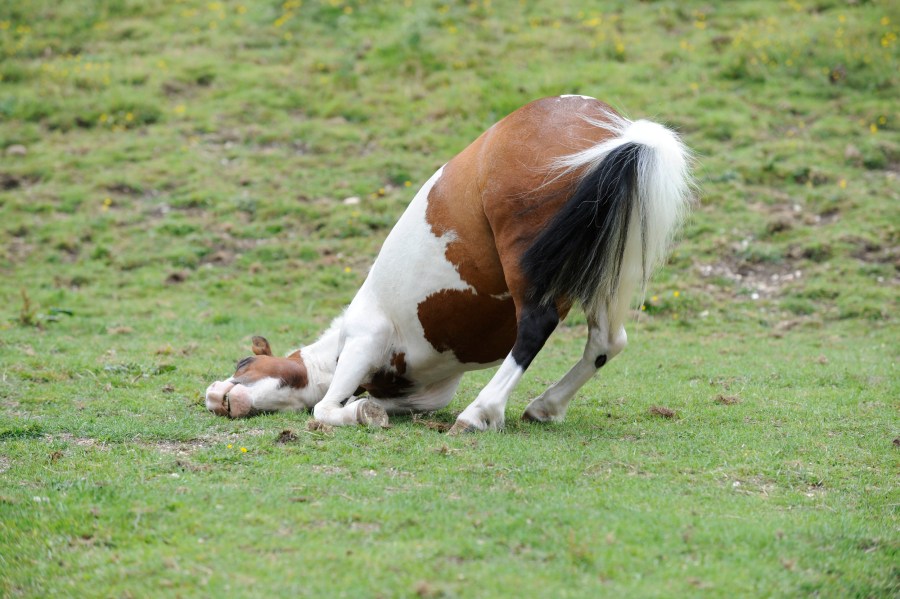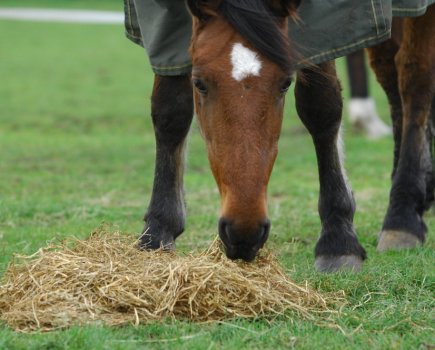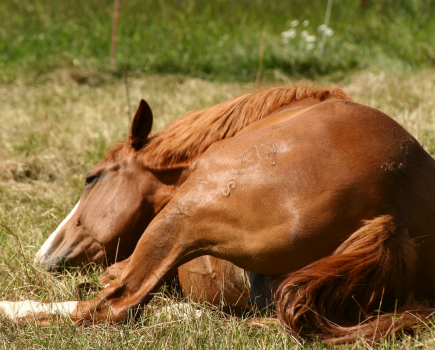Colic is one of the most costly and most dangerous of equine complaints. It’s not a disease in itself, but is a term used to describe signs of abdominal pain in a horse.
It’s estimated that one in ten horses each year will suffer a bout of colic, although the severity of each case can vary hugely. While some cases of colic can be resolved with simple care and management by the owner, others require veterinary attention and possibly surgery. Cases of severe colic can be fatal.
Symptoms
Signs of mild colic include lack of appetite, pawing at the ground, turning the head to look at the abdomen, kicking or biting at the abdomen, stretching out as if needing to urinate and restlessness. Signs of severe colic include profuse sweating, rolling, rapid respiration, an elevated heart-rate, rolling and thrashing about.
Prevention
Horses are designed to be trickle feeders, meaning they eat very little amounts often. In their natural environment they would forage around for food mixing grasses and other roughages. Through domestication we’ve interfered with this by introducing concentrated feeds, stabling and small paddock confinement. This domesticated lifestyle can upset the delicate balance of the horse’s gastro intestinal systems and result in colic. Making sure your horse is allowed to graze regularly for extended periods each day and providing ad-lib forage can minimise the impact of domestication on the functioning of the gut. Avoiding feeding large starch-rich concentrated feeds is also advisable, instead feed fibre-based feeds.
Minimise the risks
Changes in management routine have been identified as a common factor in many cases of colic and with this in mind, the key factor in the prevention of colic is making sure any changes to your horse’s routine are introduced gradually. If you want to change what you’re feeding or the forage that you are providing, always do this over a matter of weeks. Even changing to a new batch of hay can be enough to trigger colic in sensitive horses. For this reason it’s important to have a clear feeding plan that other people on your yard know about.
Laminating a piece of card and securing it to your stable door is a great way of making sure your horse’s feeding plan will be followed even if you fail to make it to the yard. It’s also important to make sure that your horse has access to clean water at all times, has a worming programme in place and is kept as stress-free as possible.
Knowing how to identify the symptoms of colic is crucial too because if the worst does happen you can identify what’s going on quickly and seek advice from your vet before the situation becomes more serious.









